Sona Papers’ Seven Wonders - The Noel D'Cunha Sunday Column
Fine papers’ impact cannot be measured. However, Sona Papers’ seven wonders strive to create a sensory gap to incentivise the users to pick up the print and packaged products and experience it up close.
In this Sunday Column, we find out how fine papers and print-converting elements combine to create an effective experience
23 Mar 2018 | By Noel D'Cunha

Conqueror’s USP is its paper physical properties and printing and finishing properties, which according to the company, is a celebration of its pristine sustainability. And a reminder that in these days of digital print, Conqueror’s digital range, adapted to harness the latest dry and liquid-toner digital printing technologies, can be a great luxury.
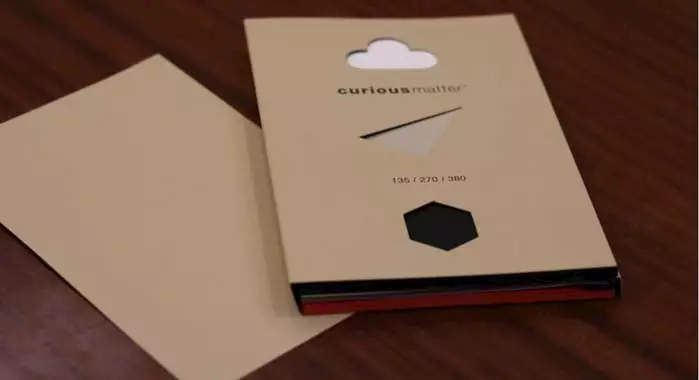
Curious collections’ USP is the multi-sensorial feel, which according to the company, can give the carry bag or wedding cards that modern zip or prove an antidote to those silent products protected within the external packaging Curious collections provide.
Wonder of Paper: Natural Evolution from Cordenons
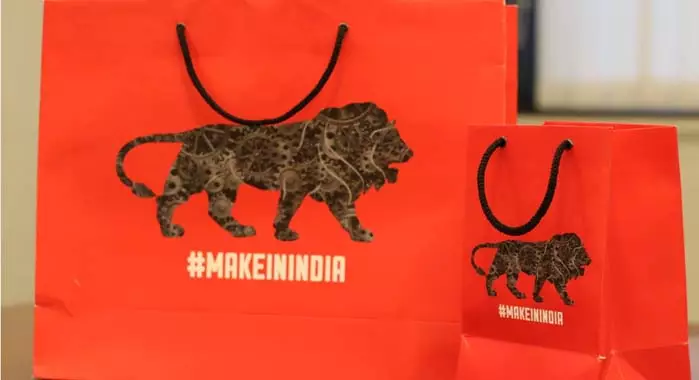
Treated with a special matte coating on both the sides, brilliant images with great detail and contrast are achieved due to the high ink holdout. Soft marked surface, excellent stiffness, bulk VSA of over 1.4, excellent opacity, resistance to creasing and folding, are some of the other popular features.
Wonder of Paper: Leatherlike from Cordenons

Prominently used for Toyota print requirements, it’s a perfect substrate for both offset and digital printing, as well as processes with special finishing such as embossing, hot foil stamping or silk-screening.
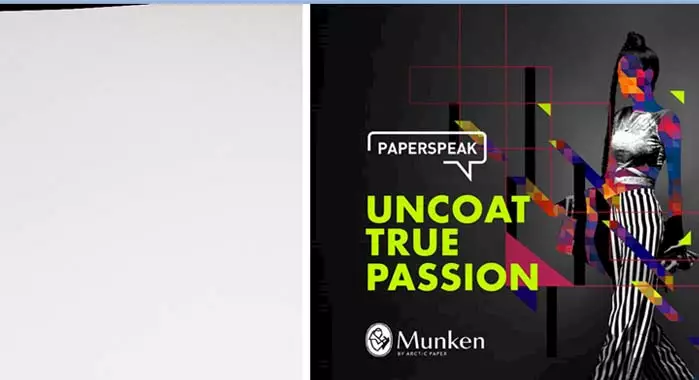
It’s USP: its environmental credentials. Arctic Papers’ mills are FSCT and PEFC certified. Plus the company has developed customised ICC profiles and colour management systems for all Munken papers ensuring the best picture adaptation and thus reproduction adaptation for the different papers in the pre-print stage.
Used for a variety of applications like brochures, financial reports, carry bags, and coffee-table books, it can also run on all kinds of digital printing machines.
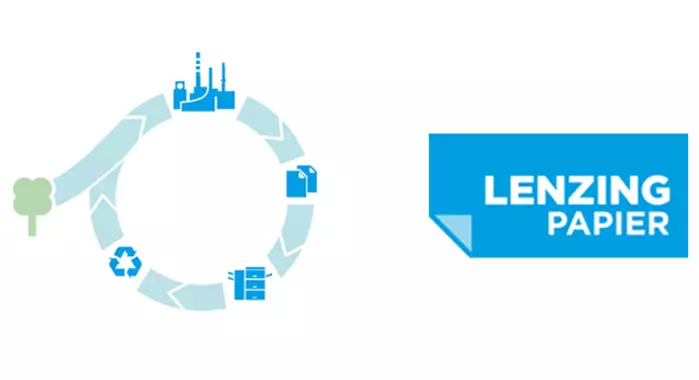
Not surprisingly, printed material for WWF, Green Peace, Van Heusen, Indian Oil, KPMG, Microsoft printed materials like CSR report, fashion catalogue, packaging, annual report, stationary, tags, calendars, and paper bags use Lenzing papers. What’s more is it’s compatible with all kinds of digital print machines.
Lenzing started paper production in 1892 but moved to recycled paper production in 1984 with new machines. The company is located in the province of Upper Austria near the Attersee, which is one of Austria’s big lakes.


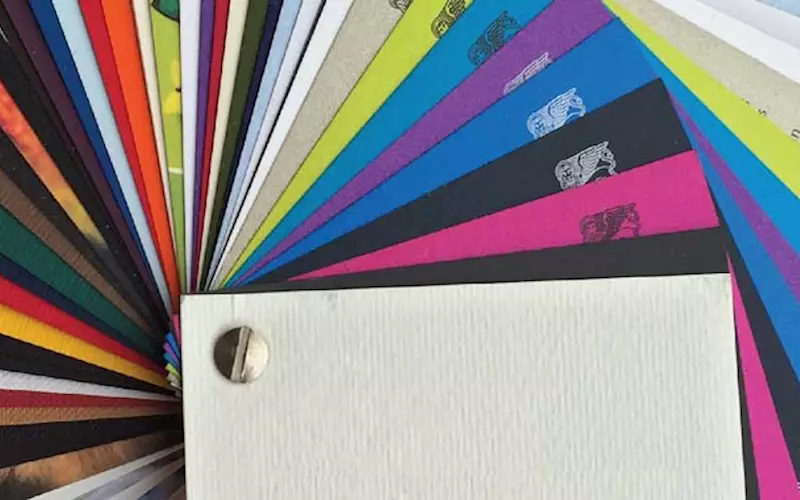








 See All
See All